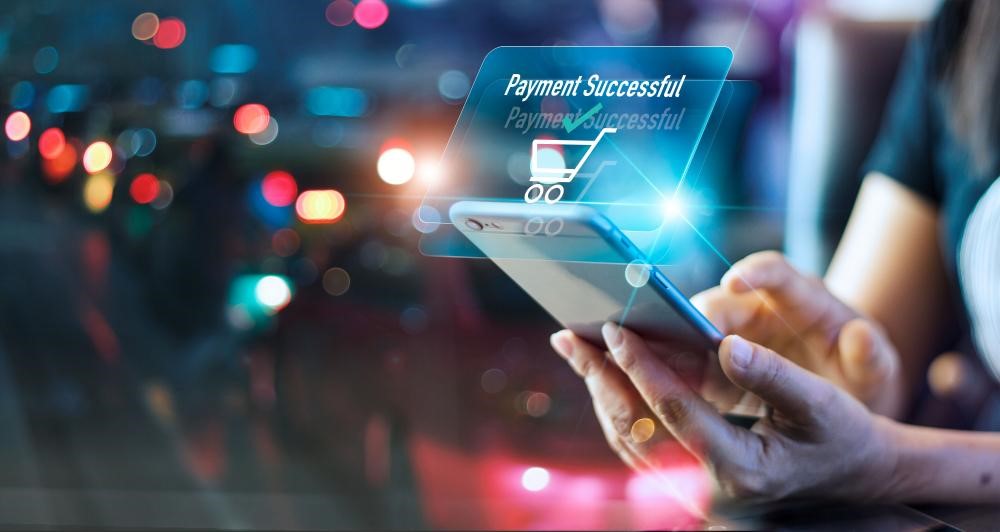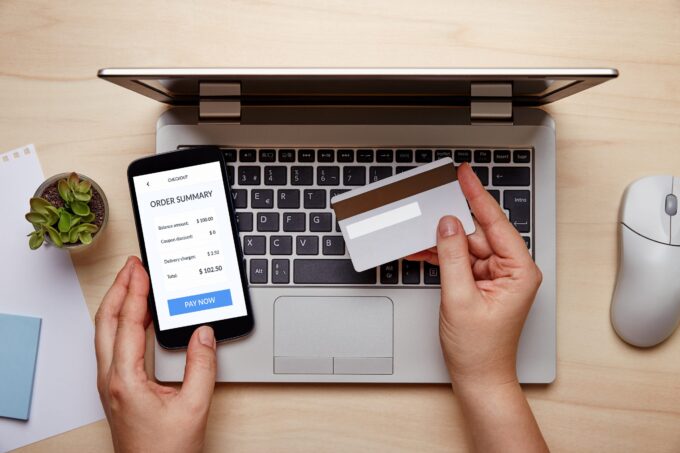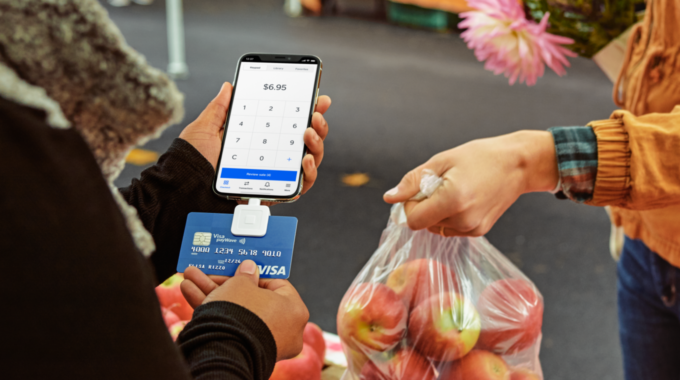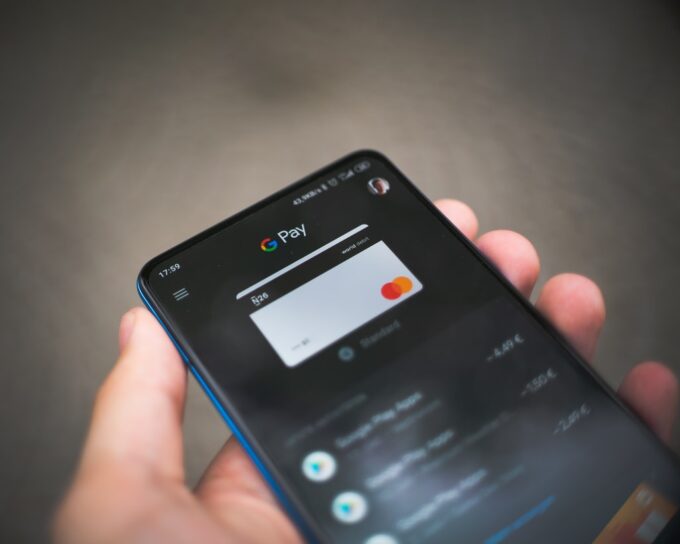According to Statistica, the total transaction value of digital payments will reach $9.46 trillion a year by 2024. That’s a staggering amount and reinforces the need for businesses to offer ways to accept payments online. Cash is no longer the only way to accept payments, and in many cases, not the option customers prefer.
What are online payment services?
Online payment services describe a range of cashless, contactless payment options. Mobile app payment services, browser-based systems, mobile point-of-sale services, and electronic checks all fall under the umbrella of digital payment services.
Five years ago, 72% of Americans used digital payment services. Today, 82% of Americans pay for goods and services online and expect all businesses to offer virtual payment options. A business that fails to provide multiple payment options operates at a significant disadvantage.
10 ways to accept payments online
You have multiple ways to accept payments online in 2024, with more possibilities appearing every year. The sheer number of options can overwhelm people new to online transactions but don’t worry. Your choices fall into 10 broad categories:
1. Credit card processing services
A credit card processing service is a popular way to accept payments and one most people are already familiar with. The service allows you to process credit and debit card payments electronically at the cost of a small processing fee per transaction. Transaction fee amounts differ between credit card processing services, so check fee amounts before signing up for a service.
The best credit card processing services provide businesses with both online credit card processing and in-person point-of-sale processing. Many accept debit cards and credit cards and tend to charge lower transaction fees for debit purchases.
2. Mobile point-of-sales (mPOS) services
Mobile point-of-sales (mPOS) services are payment apps accessed through tablets, smartphones, and card readers. Increasingly common in the restaurant industry, mPOS services streamline the payment process; customers simply swipe the card reader attached to your mobile devices to make payments.
mPOS systems are especially convenient when you need to accept mobile payments off-site. As long as you have your mobile device, the card reader, and an online connection, you can accept payments anywhere.
3. Mobile payment apps
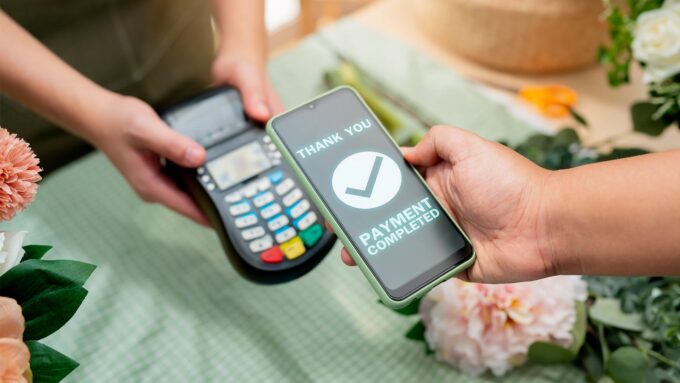
Mobile payment apps allow businesses and individuals to transfer money and make purchases straight from their phones. The user creates an account with the app and can then transfer funds to other account holders.
Paypal is one of the most well-established mobile payment apps, but other options include Venmo, Stripe, Google Pay, Apple Pay, and Samsung Pay. Depending on the app’s terms and conditions, businesses may pay transaction fees similar to credit and debit cards or a percentage of each payment.
Mobile payment apps offer two features customers value: convenience and contactless payment options. Using a mobile app is safer than carrying cash, and many consumers feel contactless payments are more hygienic than swiping cards and using devices touched by other people.
4. Recurrent billing
Recurring billing is the most effective way to accept payment for monthly service charges and subscription plans. Consumers appreciate automated payments as they eliminate the risk they’ll forget to pay the bill. Most types of online payment services allow for recurring billing.
5. Email and text invoices
Email and text remain valuable tools for alerting customers to upcoming payments and often include links to online payment portals. This method of accepting payments online is not as popular as others, as many customers mistrust links sent through email or texts due to spam, phishing, and spoofing scams.
6. eChecks
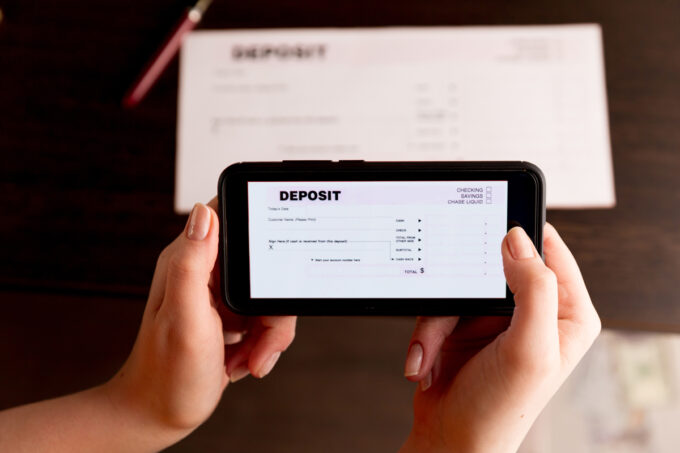
To accept checks online, a business must sign up for ACH payment processing. An ACH payment transfers money between bank accounts using the US banking Automated Clearing House network. To accept ACH payments, your business must provide an online form where customers can input their routing and account numbers, their name, the amount paid, and their authorization—all the information found on a paper check. While not as popular as credit card processing or mobile payment apps, transaction fees for eChecks are often lower.
7. Online Payment Gateways:
Adding an online payment form to your business website provides another way to accept payments. Customers are most likely to use online payment forms protected by passwords and connected to website accounts where they can securely store payment information. The form connects to your payment service provider and can accept payments made by eChecks, credit cards, and debit cards.
8. Accept payments through your business app
Many companies now offer mobile apps to customers to better help them access services and value-added extras. Offering an in-app payment option allows people to make purchases and payments conveniently.
9. Cryptocurrency payments
Cryptocurrency is a decentralized and often volatile financial system. Businesses can take payment in crypto through companies like Bitpay, but scandals like the collapse of FTX, the world’s second-largest crypto exchange, have left many businesses cautious about cryptocurrency. If you’re looking for new ways to accept payments online, other options on this list are more stable.
10. Smart hubs
Statista reports 35% of smart hub owners use voice commands to purchase items. Consumers sometimes avoid voice command purchases due to concerns about security, but these concerns have dropped significantly as smart hubs become ubiquitous.
The main difficulty with accepting payments through smart hubs is that it’s easier to say, buy from Amazon using Alexa than it is to buy from a small independent business.
Which payment system is right for you?
Choosing methods of accepting payments online requires an understanding of your business needs. Some companies find mPOS works best, while others prefer contactless apps. Bear in mind that today’s consumer expects choices. They assume you will have the payment service they feel is most convenient, which means most companies need to offer two or more payment options. Which ones you choose depends largely on your customer base. Asking customers for their input on your chosen payment services should provide you with the information you need to make informed decisions.

